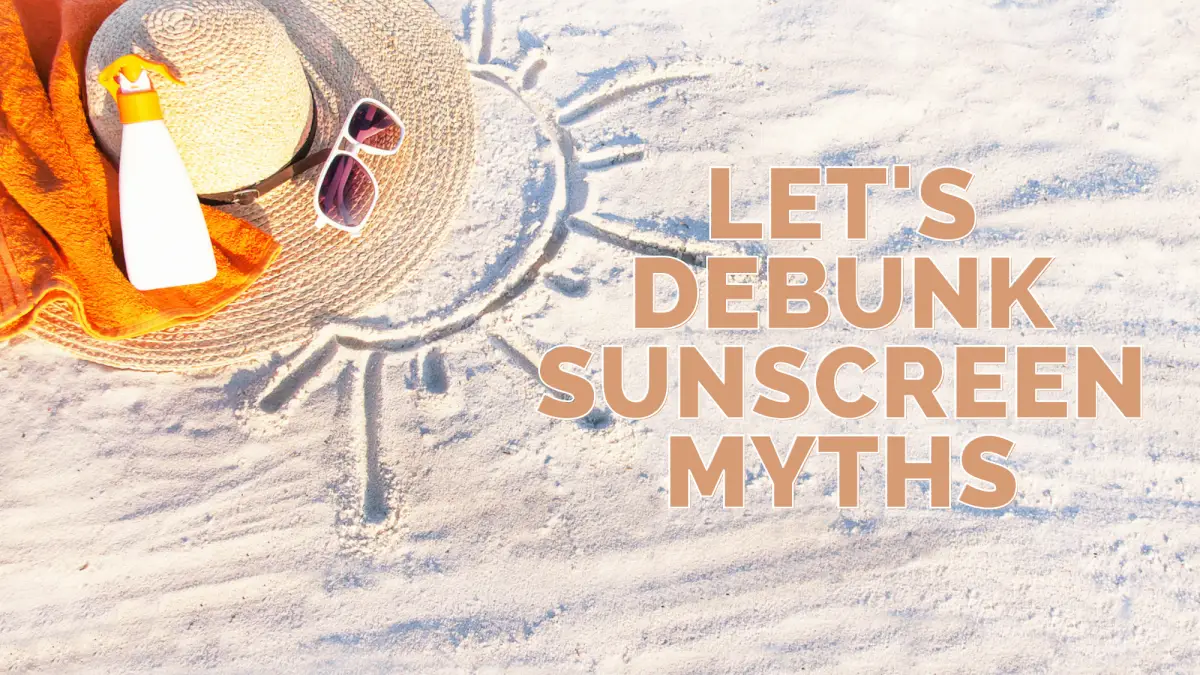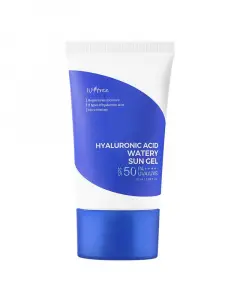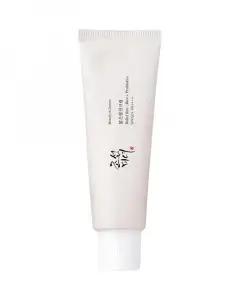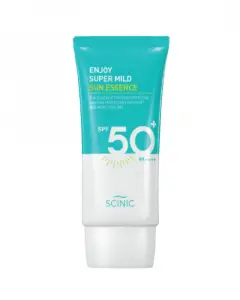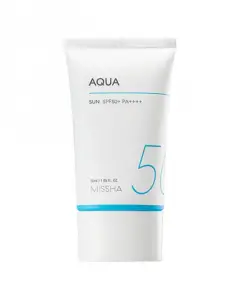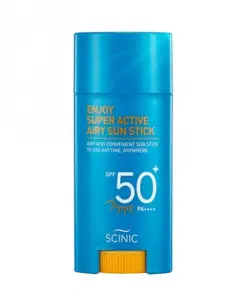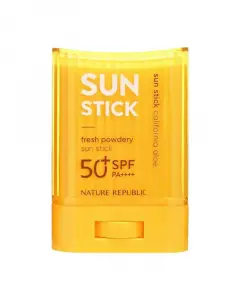Thanks to K-Beauty and social media, more and more people are becoming aware of the importance of sunscreen. Also, thanks to the elegant textures of the Korean sunscreens, more are using them, too. But, with increased popularity, myths and misinformation also spread very quickly. To clear out some of that confusion I am going to share some sunscreen myths in this post.
Sunscreens are categorized into two types: Physical / Mineral (inorganic) and Chemical (organic). Zinc Oxide and Titanium Dioxide are the only physical filters and all other filters are chemical, except for Tinosorb M that’s considered a hybrid.
Myths and facts about sunscreen.
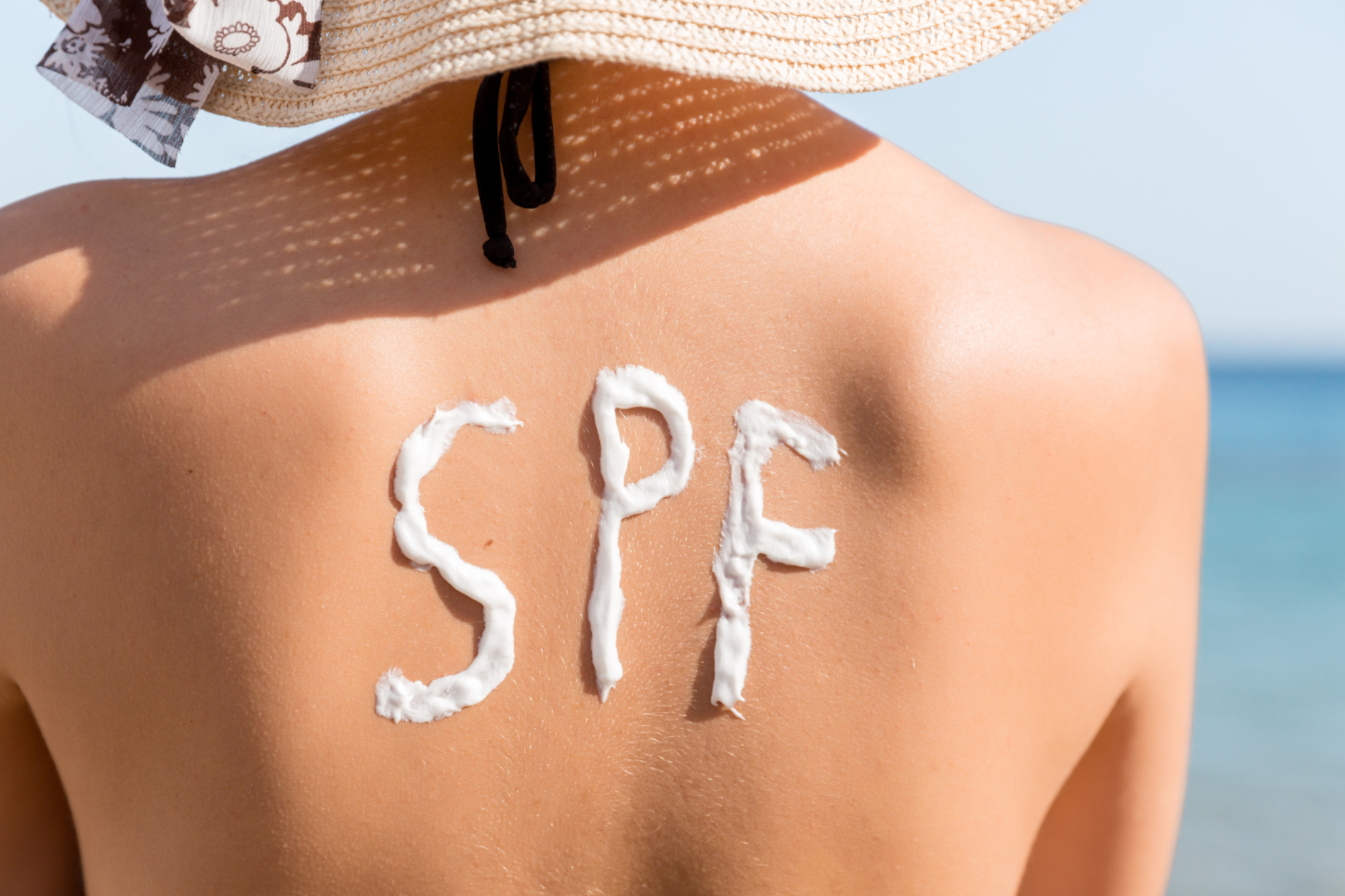
Myth 1: Physical sunscreen reflect UV rays and chemical sunscreen absorbs them.
One of the most common myths that doesn’t seem to go away despite being debunked so many times. Actually, both physical and chemical sunscreens work similarly by absorbing UV rays and converting them into heat. Only a very small amount is scattered in physical sunscreens (around 5-10%).
Myth 2: Physical sunscreen is better than chemical sunscreen.
This is a myth that derives from the first myth because people think that physical sunscreen acts as a shield reflecting UV rays. For some reason the word “absorb” has this negative connotation, due to thinking that whatever is being absorbed into the skin is harmful, but it’s not true.
In addition, some older UV filters that are still present in US sunscreens may not be the best choice for sensitive skin types. However, newer generation UV filters are not irritating and can be used by sensitive skin with no issue.
Myth 3: Physical sunscreens work immediately, chemical sunscreens need around 15-20 minutes to work.
Both types of sunscreens work immediately. The reason you hear you need to wait for about 15-20 minutes is because it’s determined in testing that that is how long it takes for sunscreen to settle and form an even protective film on the skin.
Myth 4: Chemical sunscreens need to be applied to skin to work.
Not true. Let’s say they are already “active” even inside their packaging. They don’t need to be applied to skin to work and as mentioned above, they work immediately.
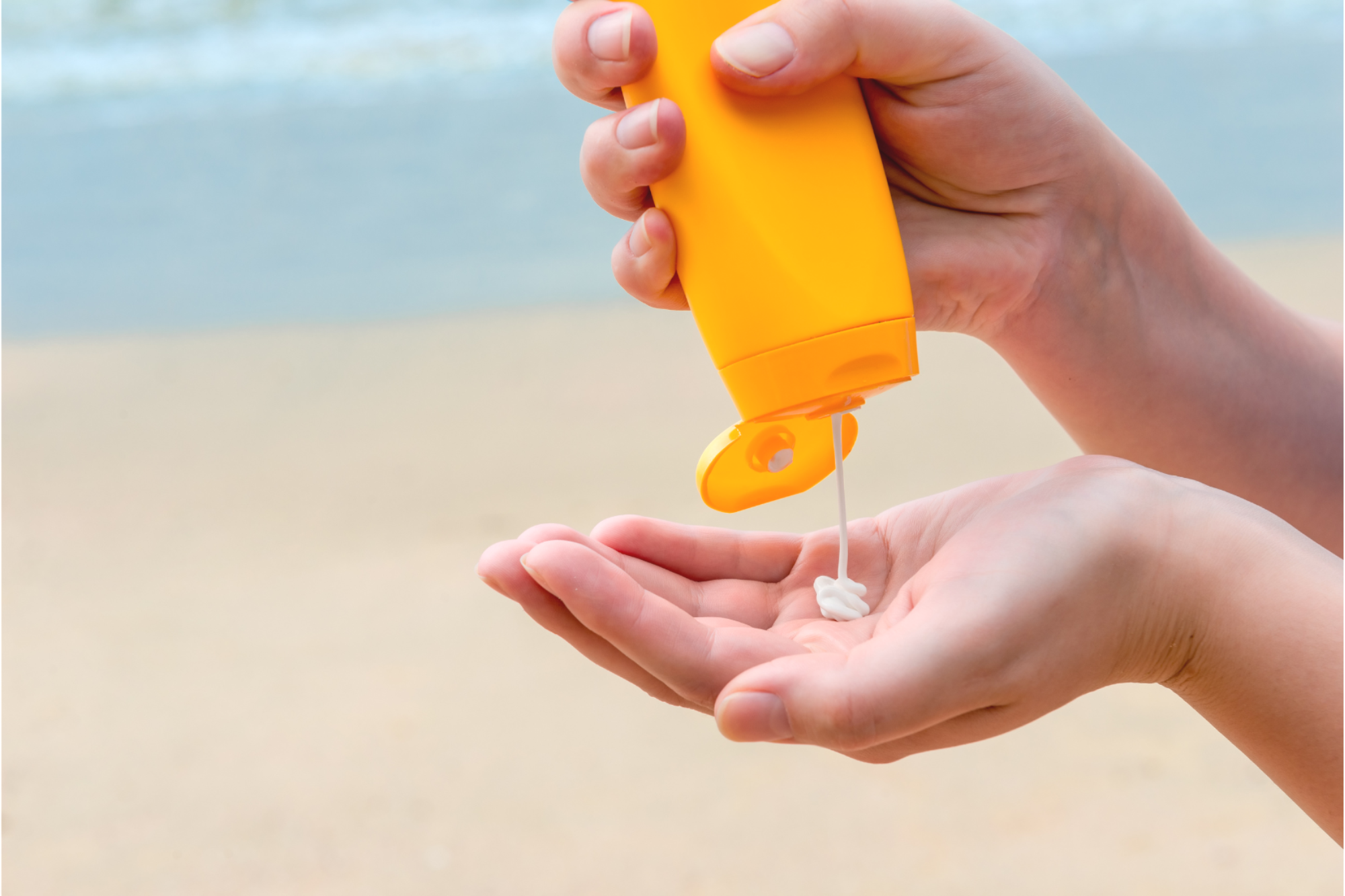
Myth 5: You should use chemical sunscreens under your moisturizer.
I have seen this around lately and it’s very concerning. We know for a fact that the sunscreen needs to form an even layer on the skin. That’s why it is always recommended to use after all your skincare steps and before makeup, and wait for that film to set. If you use a moisturizer on top you will disturb the layer and you will not get even protection.
Myth 6: Carrot Seed Oil or other plant oils have SPF therefore you can use them as sunscreen.
This is not only false, but also dangerous. Sunscreen is sold as a cosmetic product, but it has a greater importance than just offering anti-aging benefits or protecting us from sunburns. Sunscreen helps to decrease the risk of skin cancer!
Most plant oils have been shown to have an SPF range of 1-4. And, these numbers tell us they don’t offer any impactful protection against sun damage. So, never use plant oils as a substitute for sunscreen.
And not just plant oils, but also DIY sunscreen is out of the question. There is so much that goes into the creaton of a sunscreen than just mixing a couple of ingredients. So, never try and make sunscreen yourself.
Myth 7: You need to double cleanse to remove sunscreen.
This came to my attention recently. I double cleanse my skin when I’m wearing makeup to cleanse the skin thoroughly and remove all traces of makeup. If you think about it, double cleansing hasn’t been around for long, so how have we been able to remove the sunscreen all these years? My skin would’ve been covered in acne, especially during summer when I slather it on like 5 times a day minimum at the beach.
If it makes you feel more comfortable, then by all means go for it. Also, if you feel like waterproof sunscreen doesn’t get removed completely. But, I don’t think it’s absolutely necessary. It will also depend on the cleanser you’re using and how well it does its job.
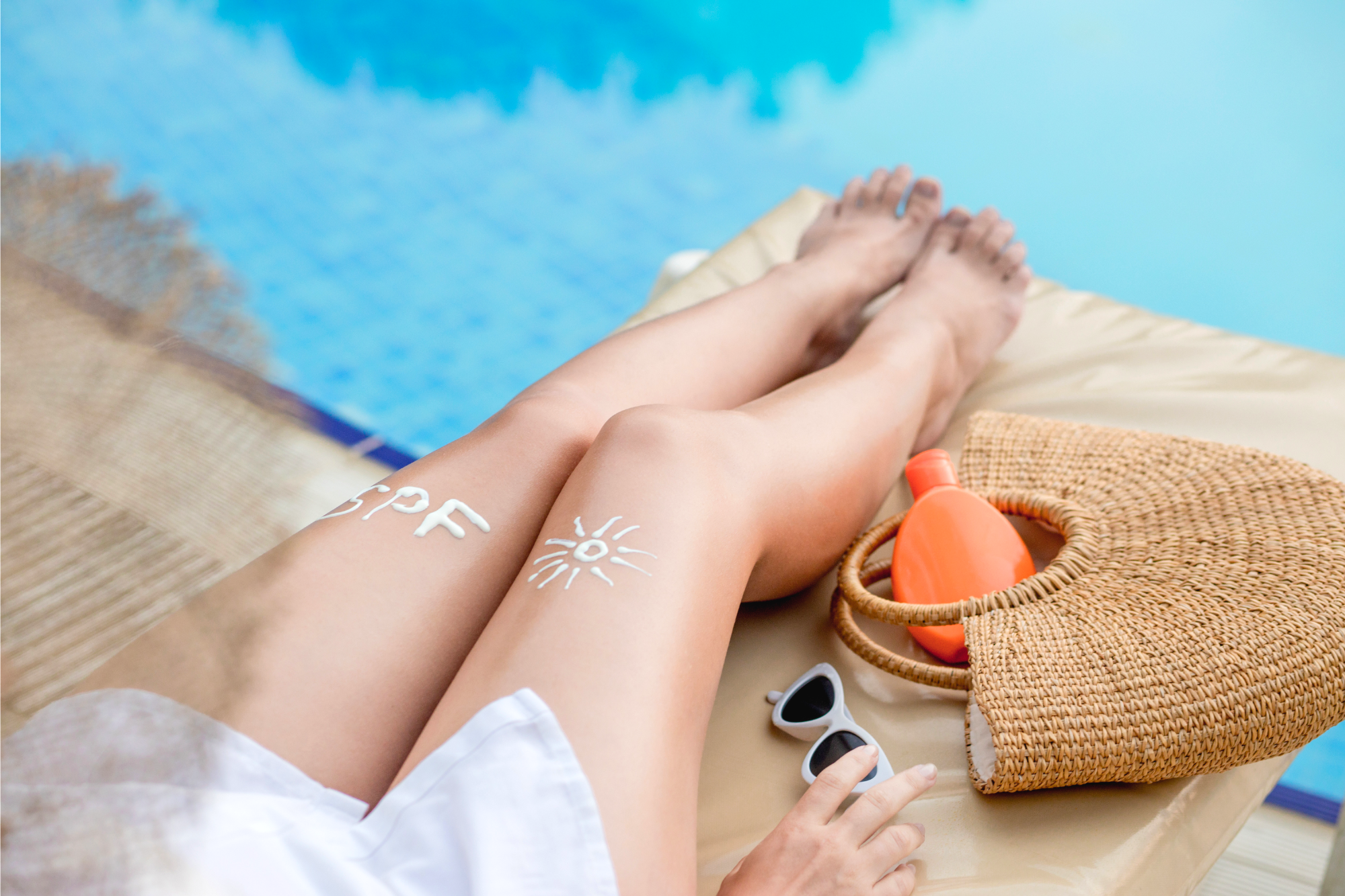
Myth 8: My makeup has SPF so I don’t need to apply sunscreen separately.
One of the most common sunscreen myths. Yes, makeup can have SPF and offer some protection, especially bb creams and cushion foundations that have high SPF. BUT, we do not apply as much makeup on our face as the required amount for sunscreen. We use way less and apply it thinly to avoid a cakey finish. So despite using makeup with SPF, you need to apply a separate sunscreen under it.
This also brings us to: Never mix your sunscreen with base makeup! We need that nice even layer, remember?
Myth 9: UV camera shows sunscreen protection.
This is something I see influencers do a lot recently and it creates misconceptions. UV cameras cannot tell different SPF values and neither the level of protection that you are getting. They can only show how well you have applied the layer of sunscreen. So they’re just fun to play with, but you cannot draw any kind of accurate conclusion from them.
Myth 10: Zinc Oxide is the only broad spectrum filter, so it’s the best.
Actually Zinc Oxide being the only broadspectrum filter is true. This means that it protects from UVA 1, UVA 2 and UVB. But, chemical filters can be easily combined to offer broadspectrum protection, too. Also, broadspectrum doesn’t equal to higher strength. The strength is determined by the amount of Zinc Oxide the sunscreen contains and formulation.
Remember: The formulation of a sunscreen matters as much as the filters used. Chemical sunscreens can be formulated to have much higher protection against UVA than Zinc Oxide.
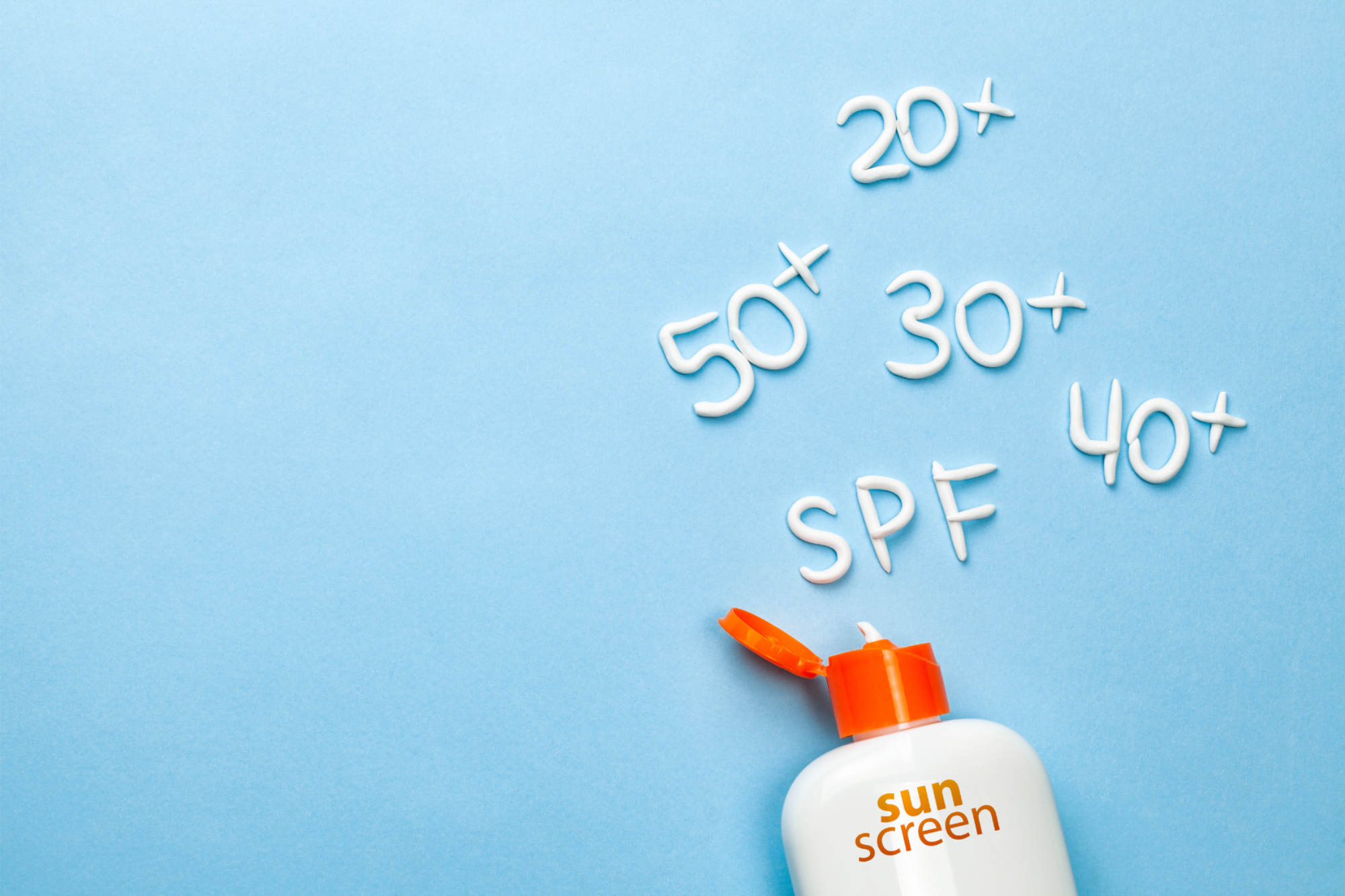
FAQ about sunscreen.
Do you need to use sunscreen only in the summer?
Sunscreen is not only for the beach. You need to apply sunscreen all year round, 365 days as UV rays are present even on cloudy weather. For the beach and activities where you’ll sweat, it is recommended to use water resistant sunscreen.
How much sunscreen should you apply?
SPF is determined through in vivo tests (on real people). The subjects have sunscreen applied to their backs at 2mg / cm2 and are exposed to a UV light. And that’s how much we should apply to get the labelled protection. Using less than this amount, actually gives you less protection.
You may have seen the three finger method around of sunscreen application, which can be a good start to meassure the amount, but that will really depend on how thick or fluid the sunscreen itself is.
Also, regarding SPF, I personally never go for SPF 30 or lower, because chances are I’m not applying enough to begin with, so if I apply half of the required amount, I don’t want to be getting half the protection of SPF30 or SPF15.
How often should you re-apply?
Even though sun protection may last for hours, it is generally recommended to re-apply sunscreen every 2 hours. This is because after some time, the protective film is removed when we touch the face, when our natural oils start to come through the skin, because of sweating or other factors.
How to re-apply sunscreen over makeup?
This one is difficult. I know there are tons of methods out there on how to apply sunscreen over makeup, but none of them is perfect:
- Powder sunscreen. – To get the labelled protection you should apply 2mg / cm2 and you’d have to apply a lot of powder. Not only that, but powder cannot be applied evenly on the skin.
- Spray sunscreen. – These have flaws as well. First, again, the amount we’re used to spray is not enough. Despite how fine the mist you spray is, it needs to be rubbed, so it defeats the whole purpose.
Second, many spray sunscreens use aerosol as a propellant, so it could be that application is not even and you’ll be left with patchy coverage. Another valid concern is that you may inhale it. - Cushion sunscreens. A much better choice, with cushions you avoid using your hands and can press the sunscreen on your face with a puff applicator. But, the cushion puff will pick up makeup, too, so you will be dipping it into the container again.
- Sun Stick sunscreens. – Maybe the best choice out of all and they have become pretty popular recently. They’re compact and very convenient to use. Make sure to swipe the sun stick across the skin a lot of times though. Also, picking one with non-sticky consistency would be better and probably will not mess up the makeup too much.
Some of my current favorite Korean sunscreens and recommendations:
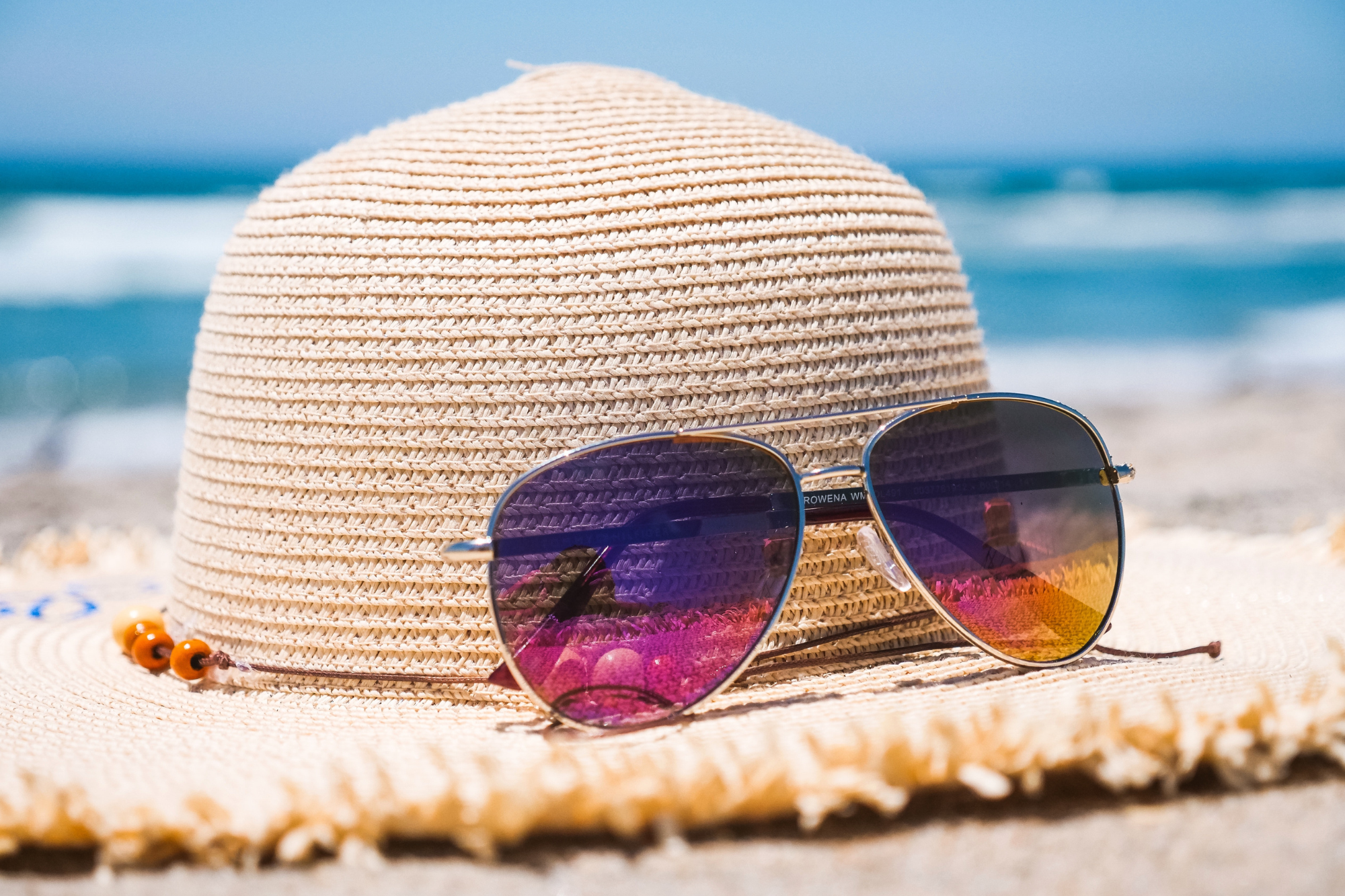
Is sunscreen enough to protect against harmful UV radiation?
Remember that sunscreen is not the ultimate protection against the sun’s UV rays and do not rely on it completely. You need to first take other meassures like putting on protective clothing such as hats, glasses or UPF (Ultraviolet Protection Factor) clothing. Limit sun exposure especially during 10am – 4pm as recommened by professionals.
TIP: I personally also carry (not always) an umbrella with me when I go out in the summer.
There is too much information out there regarding sunscreen, and unfortunately, a lot of it is not accurate. Even some professionals spread myths like these sometimes which make it confusing and most don’t know where to look for reliable information.
But, I’m happy that reputable creators like Michelle from Lab Muffin Beauty Science (chemistry PhD and cosmetic chemist), that I’ve been following for a very long time, and other cosmetic chemists are trying to share accurate information and educate us more on sunscreens and cosmetics in general.
What are some other myths on sun protection or facts about sunscreen that you know of? Feel free to share them in the comments!
Related posts
Follow blog via Email
Get the latest posts from this blog delivered to your inbox!
About Me
Hi and welcome to Kbeauty Notes! :)
I’m Ledia and I’m very passionate about everything skincare. I created this blog to share my thoughts and experience with many amazing and not so great products out there, hoping to help you make better decisions regarding your skin.
I’m very happy to bring you on this journey with me and I hope you enjoy it! <3
My Skin Type: Oily, acne prone, dehydrated, a little sensitive, large pores.
Skincare Concerns: hydration, pore care, anti-ageing, PIE (acne marks), brightening.
Contact: kbeautynotes@gmail.com

